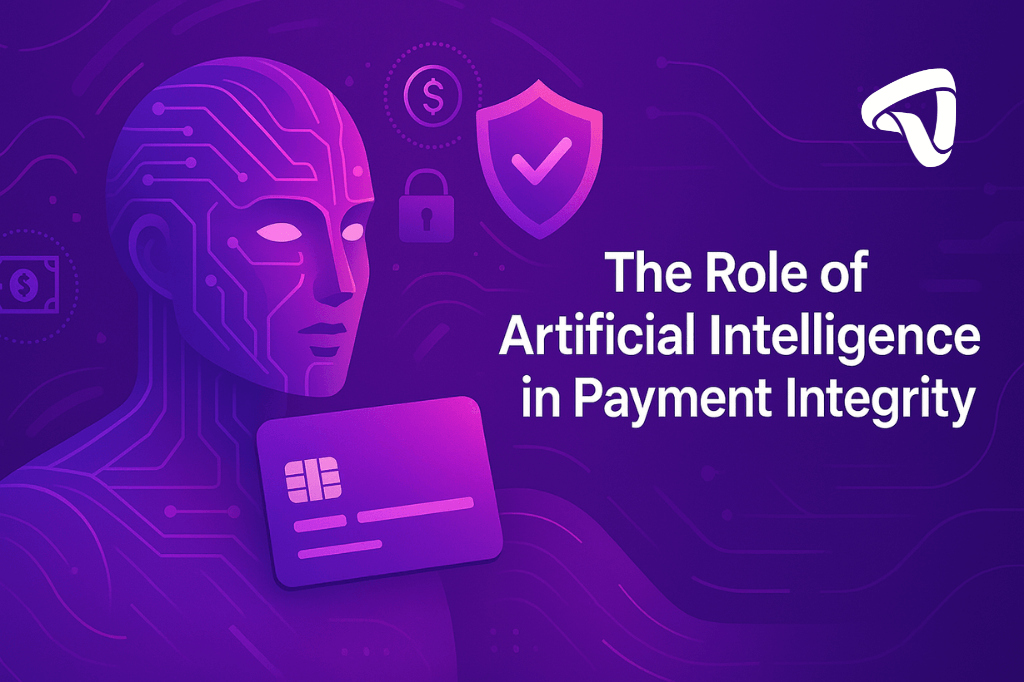Choosing the right payment gateway is essential for any business, but the decision becomes especially critical when considering your transaction volume. Whether you’re just starting or processing thousands of transactions monthly, your sales volume significantly impacts which payment processing solution is most cost-effective and efficient. This guide explores how transaction volume should guide your payment gateway selection.
Understanding the Connection: Transaction Volume and Payment Gateway Costs
Payment gateways typically employ different pricing models, and understanding these models is crucial. Transaction volume plays a key role in determining which model benefits your business most:
- Fixed Transaction Fees (Common with Free/Low-Cost Gateways): These gateways charge a fixed fee per transaction (e.g., a percentage of the sale plus a small flat fee). While seemingly affordable for low-volume businesses, these fees can quickly escalate as your sales grow.
- Tiered Pricing (Often Used by Paid Gateways): Some gateways offer tiered pricing based on transaction volume. As your sales increase, you move into higher tiers with lower per-transaction rates. This model rewards higher sales volumes.
- Interchange-Plus Pricing (More Common for Larger Businesses): This pricing model is more transparent and often used for larger businesses. It breaks down the costs into interchange fees (paid to the card networks), assessment fees (paid to the card brands), and the processor’s markup. Higher volumes can lead to better-negotiated rates.
- Subscription-Based Pricing (Sometimes Offered by Paid Gateways): Some gateways offer a flat monthly fee for a certain number of transactions, with additional fees for exceeding that limit. This can be suitable for businesses with predictable transaction volumes.
Low Transaction Volume: Keeping Costs Low
If you’re a startup or small business with low transaction volume, minimizing upfront costs is essential. Consider these options:
- Free or Low-Cost Payment Gateways: These gateways often have no monthly fees, making them attractive for businesses just starting out. However, be mindful of the per-transaction fees, as they can become significant as your sales grow.
- Focus on Essential Features: At this stage, prioritize essential features like accepting major credit cards and basic reporting. Avoid paying for advanced features you don’t yet need.
Discover Which Is Better for Your Business? Free or Paid Payment Gateways
Medium Transaction Volume: Balancing Cost and Features
As your business grows and your transaction volume increases, you’ll need to balance cost-effectiveness with the features necessary to support your growth:
- Tiered Pricing: Look for payment gateways that offer tiered pricing. This allows you to benefit from lower per-transaction rates as your sales volume increases.
- Consider Paid Gateways with More Features: As your business scales, you’ll likely need additional features like recurring billing, enhanced reporting, or multi-currency support. Paid gateways often provide these functionalities.
High Transaction Volume: Negotiating for Better Rates
For businesses with high transaction volumes, negotiating better rates is key to minimizing processing costs:
- Interchange-Plus Pricing: Explore interchange-plus pricing models, which offer greater transparency and potentially lower overall costs for high-volume businesses.
- Negotiate with Payment Processors: Don’t hesitate to negotiate with payment processors. Your high transaction volume gives you leverage to secure better rates and terms.
- Dedicated Account Management: High-volume businesses often benefit from dedicated account managers who can provide personalized support and help optimize payment processing.
Choosing the Right Gateway Based on Your Volume:
- Low Volume: Free/low-cost gateways with fixed transaction fees might be sufficient initially.
- Medium Volume: Paid gateways with tiered pricing or subscription models can offer a better balance of cost and features.
- High Volume: Negotiate with processors for interchange-plus pricing or custom pricing plans.
Conclusion:
Your transaction volume is a critical factor in choosing the right payment gateway. By understanding different pricing models and how they relate to your sales volume, you can select a payment processing solution that minimizes costs, supports your growth, and provides a seamless experience for your customers. Don’t be afraid to re-evaluate your payment gateway as your business evolves and your transaction volume changes.
Paymennt: A Flexible Solution for Growing Businesses
Paymennt offers a range of pricing plans designed to accommodate businesses of various sizes and transaction volumes. The tiered approach aligns well with the concept of choosing a payment gateway based on your sales volume. Here’s how The pricing structure can be a good fit:
- Starting Plans (For Lower Volumes): For businesses with lower transaction volumes, Paymennt’s starting plans offer a cost-effective entry point. These plans provide access to essential features and a set number of transactions, allowing smaller businesses to get started without a large upfront investment. This is similar to the advice given earlier in the article about free/low-cost gateways for startups.
- Growth Plans (For Medium Volumes): As your sales volume increases, Paymennt’s growth plans offer more transactions at competitive rates. This aligns with the article’s recommendation to consider tiered pricing as your business scales. The increased transaction allowance and potentially lower per-transaction costs help businesses manage their payment processing expenses as they grow.
- Enterprise Plans (For High Volumes): For businesses with high transaction volumes, Paymennt’s enterprise plans provide customized solutions and dedicated support. This corresponds to the article’s advice for larger businesses to negotiate rates and explore options like interchange-plus pricing. Enterprise plans can be tailored to meet the specific needs of high-volume businesses, offering potentially significant cost savings and enhanced features.
- Focus on Features and Integrations: Beyond pricing, Paymennt emphasizes a comprehensive suite of features and integrations. This is important for growing businesses that need more than just basic payment processing. Consider whether specific features align with your business requirements as discussed in Step 1 of this article.
How Paymennt Fits into the Transaction Volume Strategy:
Paymennt’s tiered pricing structure makes it a relevant option for businesses at different stages of growth. The starting plans are suitable for low-volume businesses looking to control costs, while their growth and enterprise plans cater to the increasing needs of higher-volume businesses. By offering a range of plans, Paymennt allows businesses to scale their payment processing solution seamlessly as their sales volume grows. It’s crucial to compare their specific pricing details, features, and integrations with your own business needs to determine if they are the right fit.
Important Note: Pricing and features can change. Always refer to the official Paymennt website for the most up-to-date information. This section is meant to illustrate how the Paymennt pricing structure fits within the overall strategy discussed in the article, not to provide specific pricing details.



